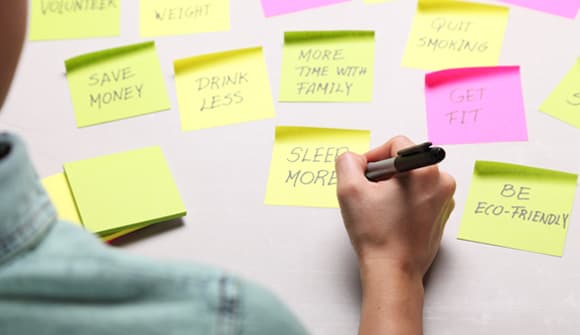‘Code Red’ generation
Few children will experience a school shooting. All prepare for one.
Article Author: Juliette Allen
Article Date:

In 2019 alone, there have already been more than a dozen school shootings with injuries or deaths across the United States. A CNN report on the one-year anniversary of the mass shooting at Marjory Stoneman Douglas High School in Parkland, Fla., said there has been a school shooting, on average, every 12 days.
Despite that scary statistic, the reality is that armed assailants in schools account for just 1% of homicides among school-age youth, according to a joint report from the National Association of School Psychologists (NASP) and the National Association of School Resource Officers (NASRO). Statistically, your child is extremely safe at school. Still, every school prepares for the unthinkable, most commonly by doing lockdown drills. Can growing up in the “Code Red” generation affect the mental wellbeing of kids and teens?
Lights out, doors locked
It’s a common phrase used in classrooms around the country, a signal for children to quietly hide in a corner out of view of doors and windows.
“Lockdown drills are really important parts of safety and crisis prevention programs for schools,” said Michelle McDonald, PhD, a child and adolescent psychologist at the Wolfson Children’s Center for Behavioral Health. “We know that as long as schools are following best practices, lockdowns are very effective.”
A list of best practices created by the NASP and the NASRO includes:
- Informing students and staff when a drill is going to occur. That includes telling them whether props or sound effects will be used.
- Making sure the drills are appropriate to age and developmental level. Staff should be trained to monitor students and recognize signs of trauma or anxiety and remove students, if necessary.
- Taking children with special needs or those who have experienced past trauma into consideration. They are most prone to experiencing fear or anxiety as a result of the drill.
- Involving school-employed mental health professionals in the planning of the drill. Make sure counselors are accessible to students and staff during and after the drill.
“We can mitigate a lot of the stress and anxiety that can come along with lockdown drills as long as these best practices are followed,” said Dr. McDonald.
Mommy, why do I have to practice hiding?
Younger children may not understand why schools hold lockdown drills, so parents of elementary and pre-school age children may face questions like “Who am I hiding from?” and “Is someone trying to hurt me?” Dr. McDonald says parents should answer those questions honestly but avoid language that may be alarming or anxiety-provoking.
Try something like: “We practice to make sure that we stay safe and know what to do if ever something were to happen in the building that would make us unsafe.”
Dr. McDonald reiterated that parents should emphasize to children that schools are safe, and students are practicing “just in case.”
I’m afraid to go to school
High school students are old enough to be aware of current events and understand any threats that may be made to their schools. Therefore, Dr. McDonald said conversations are happening frequently between teens and parents in which the teens express fear of going to school.
In this situation, McDonald suggested parents validate their child’s concerns to show they are listening and then start a discussion about what makes the teen feel unsafe. If there are changes the teen feels need to be made within the school, he or she should bring it to the attention of teachers and/or school administration. It may also help to discuss ways the teen can ensure his or her own safety, like not opening the door for strangers and making sure to follow lockdown drills and procedures calmly and directly.
“Children learn best when they feel safe and secure,” Dr. McDonald said.
Changes to be on the lookout for
Changes in the three categories below could signal that your child is struggling with stress or anxiety from lockdowns and lockdown drills, or something else.
- Behavior - No longer wants to be with friends, play sports or participate in activities he or she once enjoyed.
- Appetite - Not eating as much as normal or overeating.
- Sleep habits - No longer sleeping through the night or has started wetting the bed again, even after they had previously stopped.
If you see any of these behaviors in your child, consider approaching him or her with a casual, open-ended question like, “I noticed this is happening. How are you feeling about that?” If the child rebukes your effort or if the changes are impacting your child’s quality of life, you may want to seek the help of a child behavioral health professional.
The Wolfson Children’s Center for Behavioral Health provides inpatient and outpatient consultation, evaluation and treatment for a full range of pediatric mental health conditions. For more information, call 904.376.3800.



